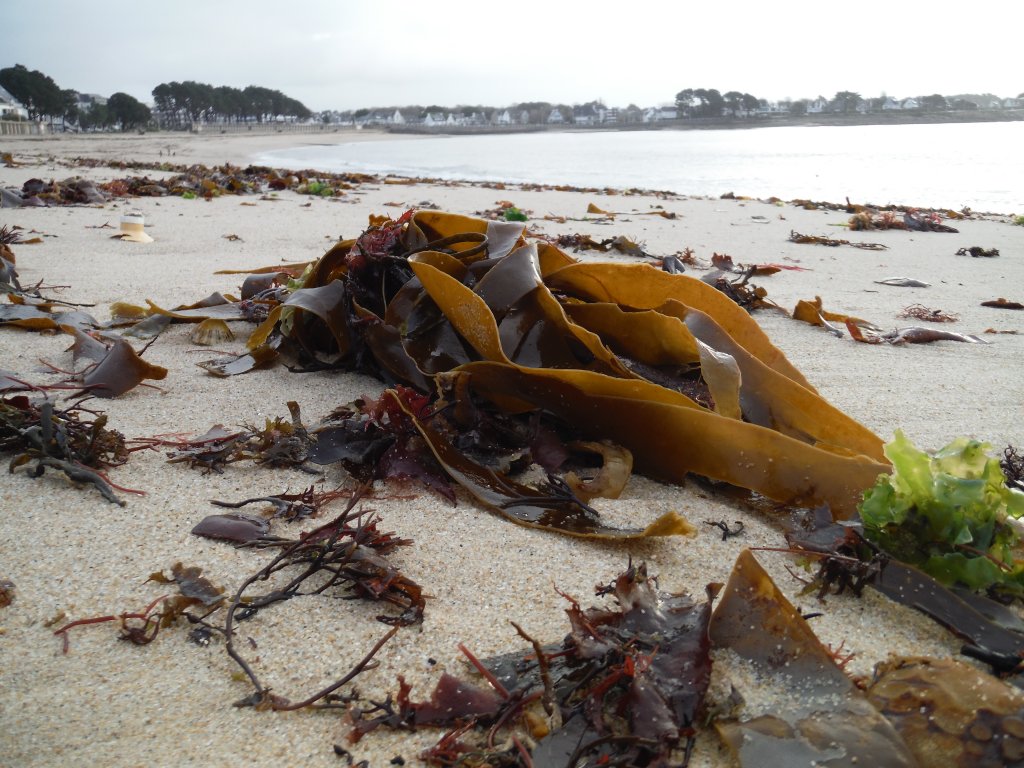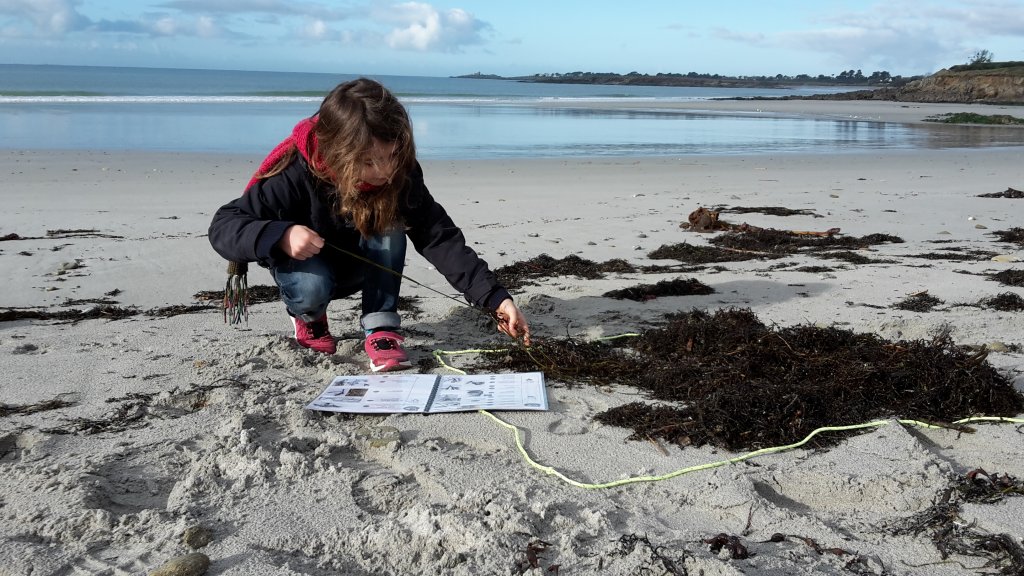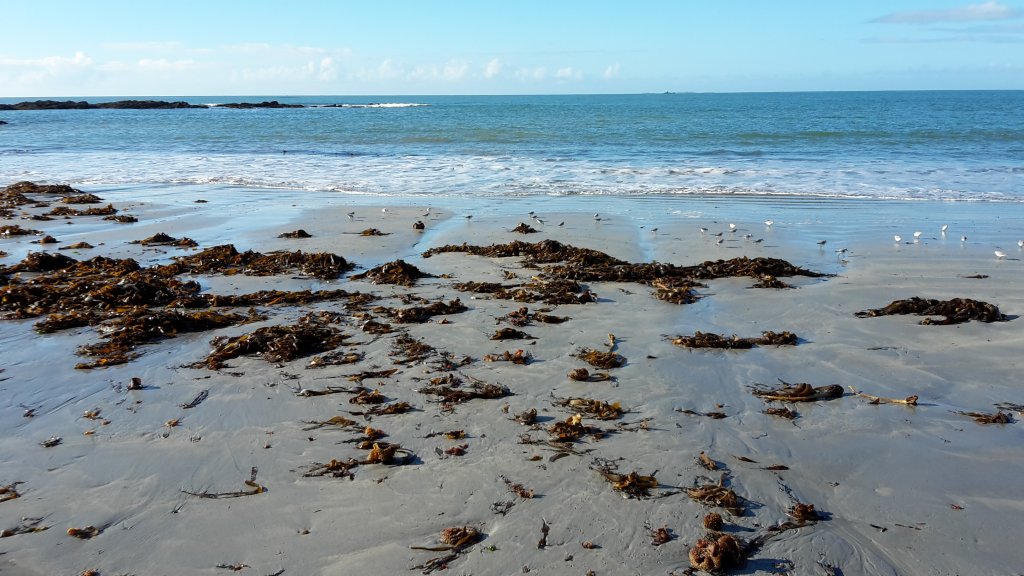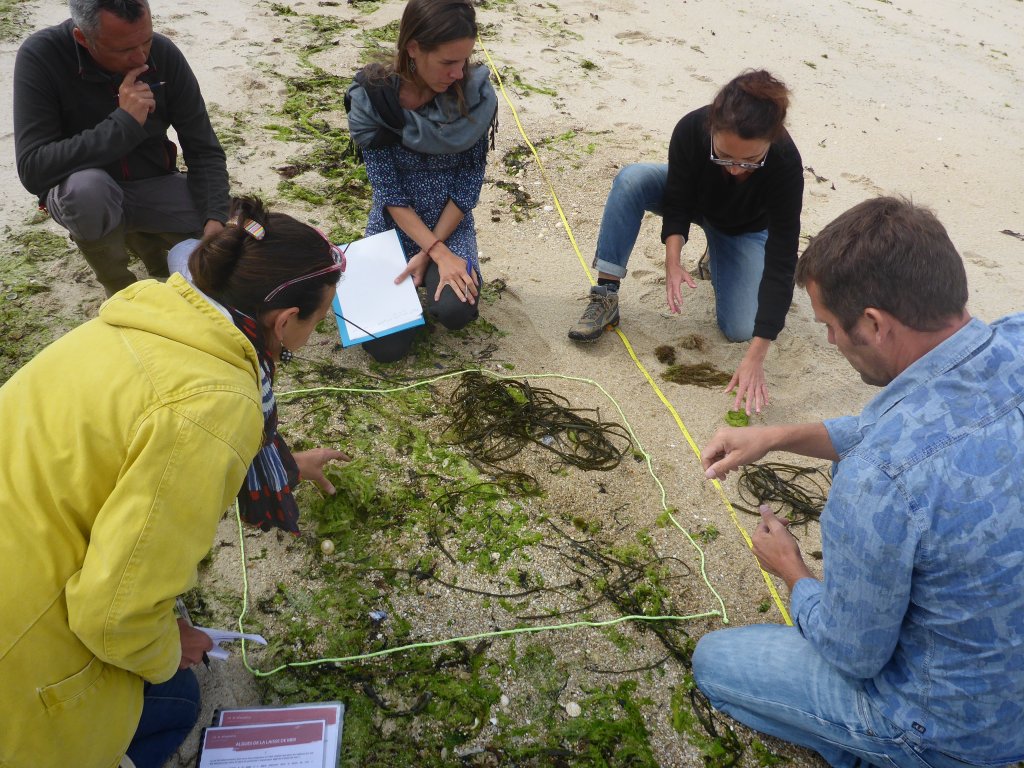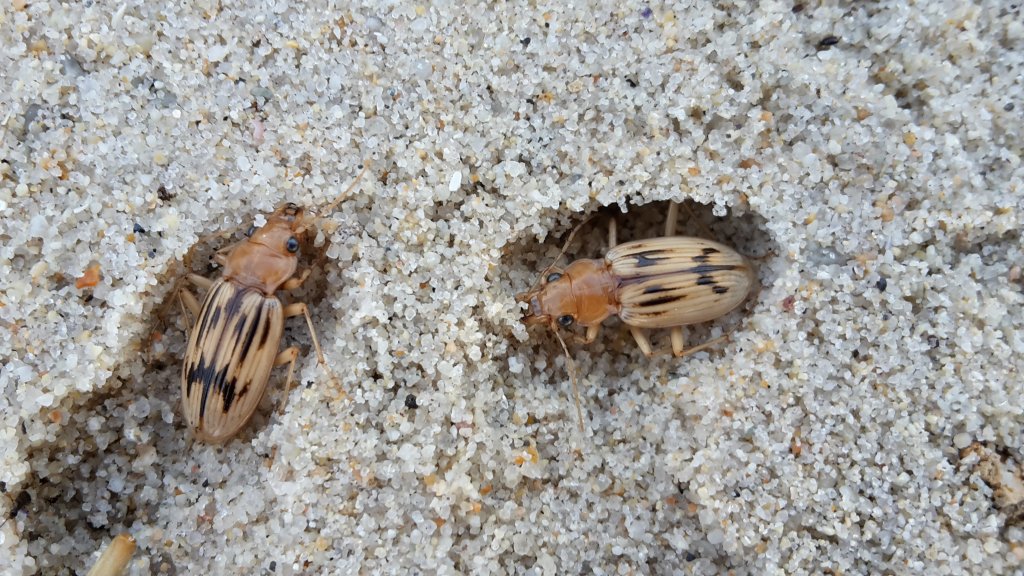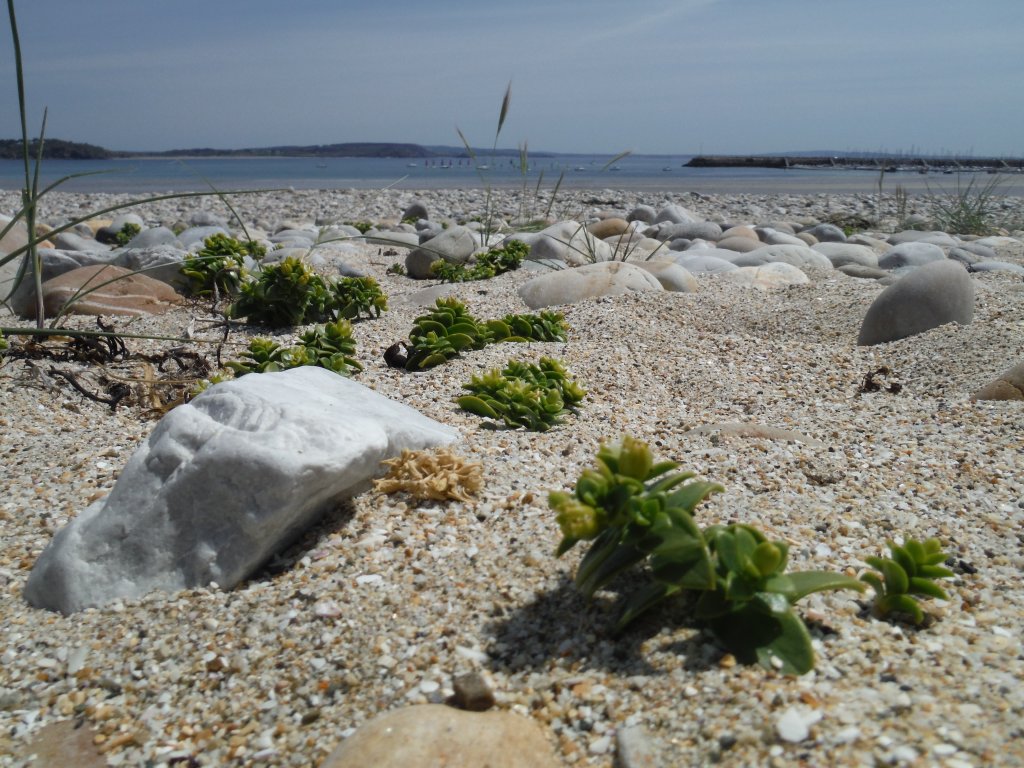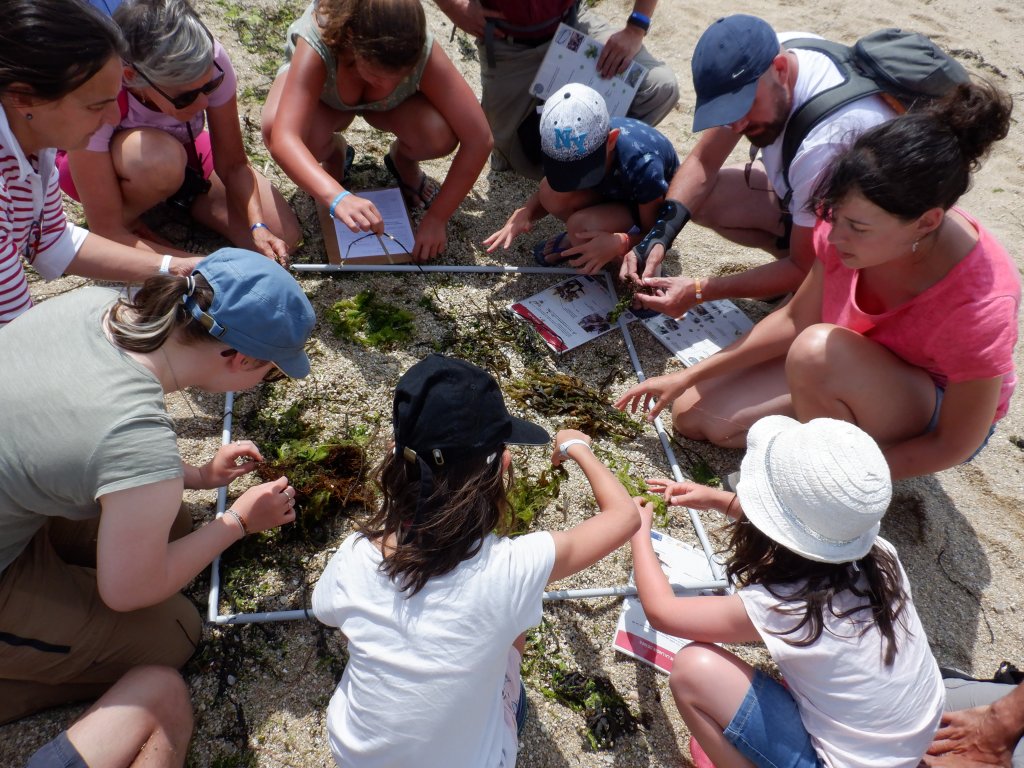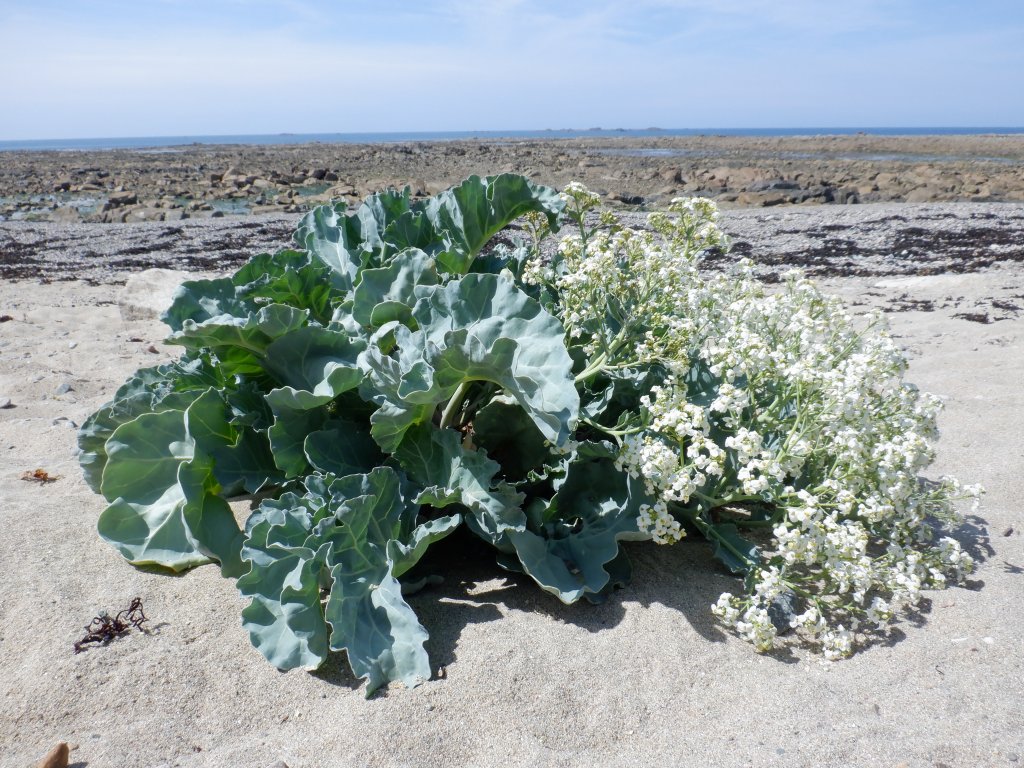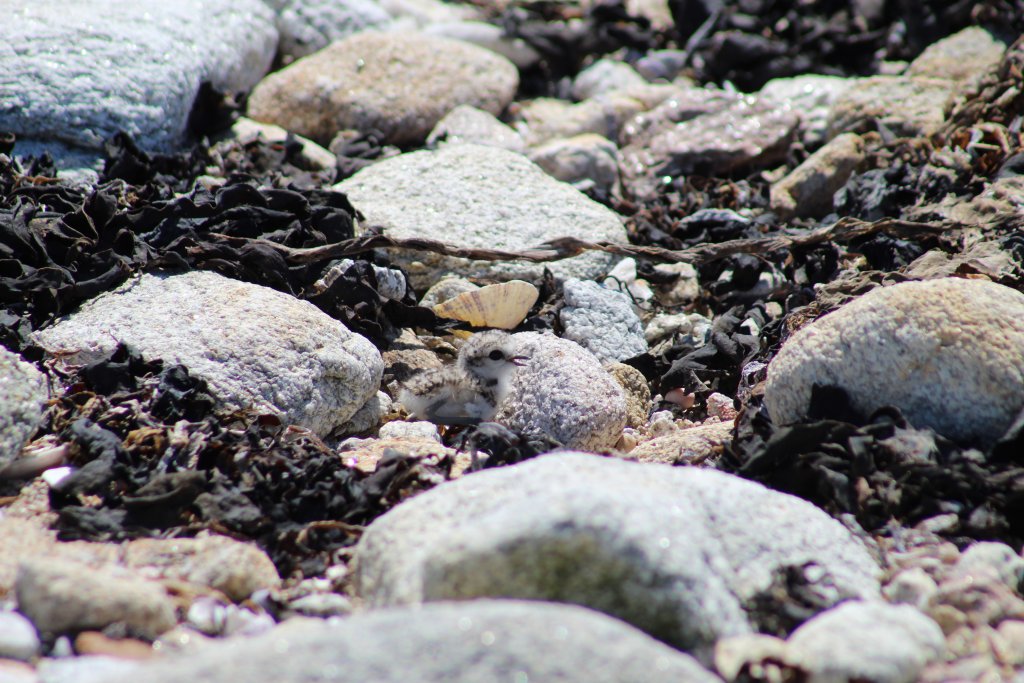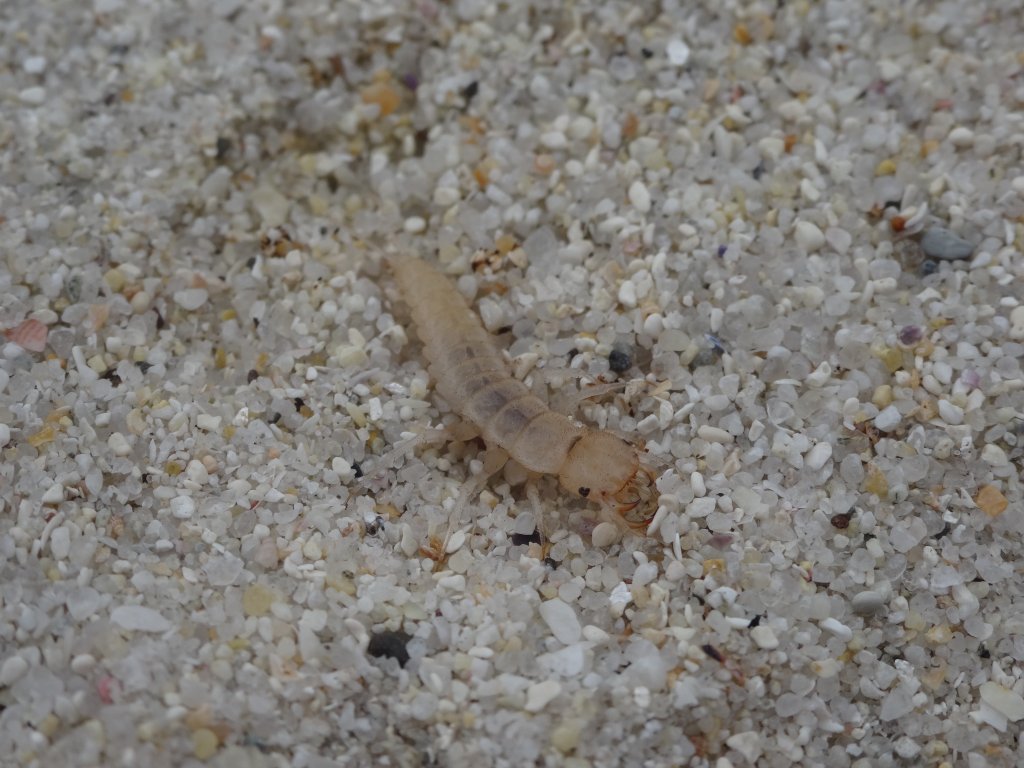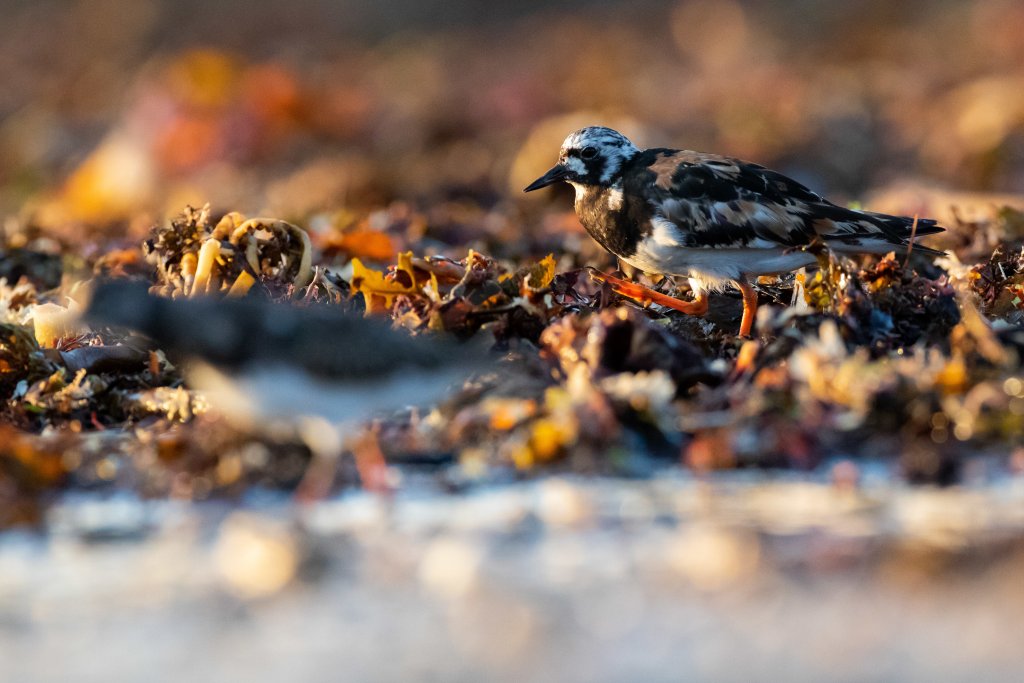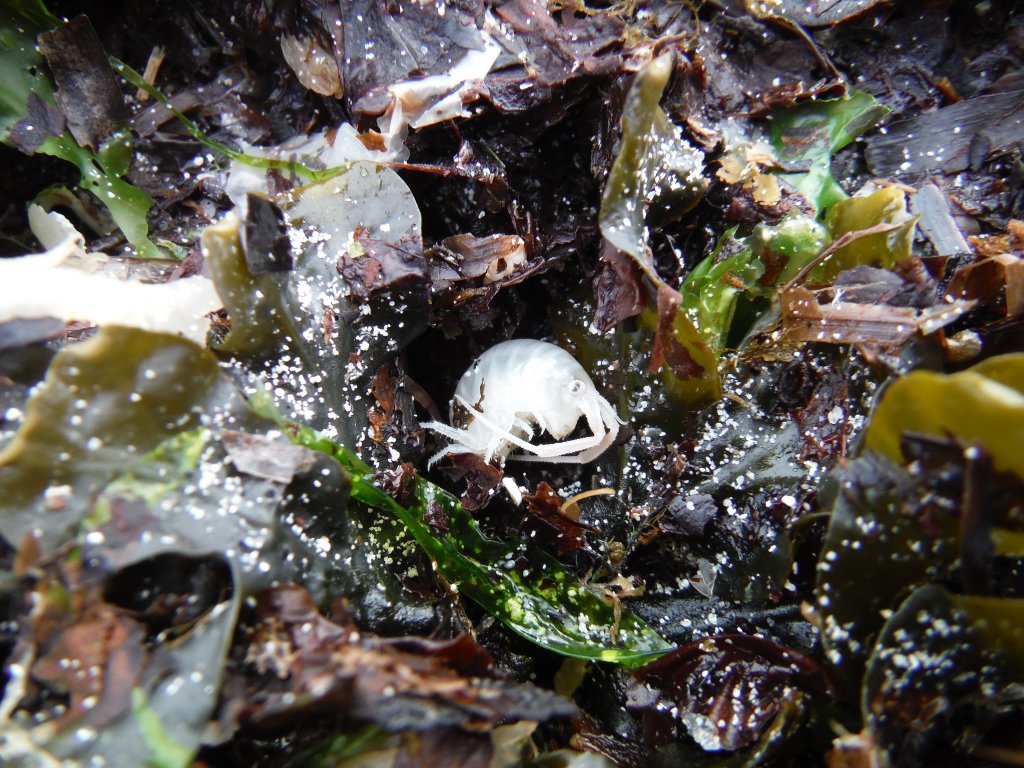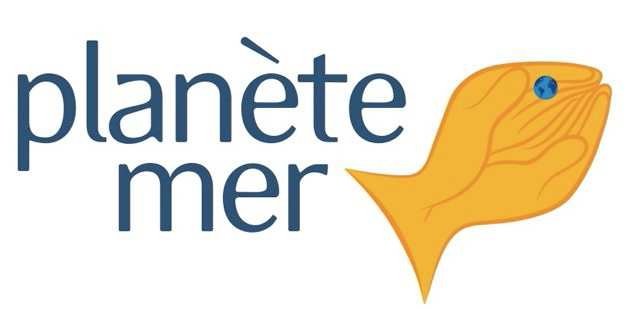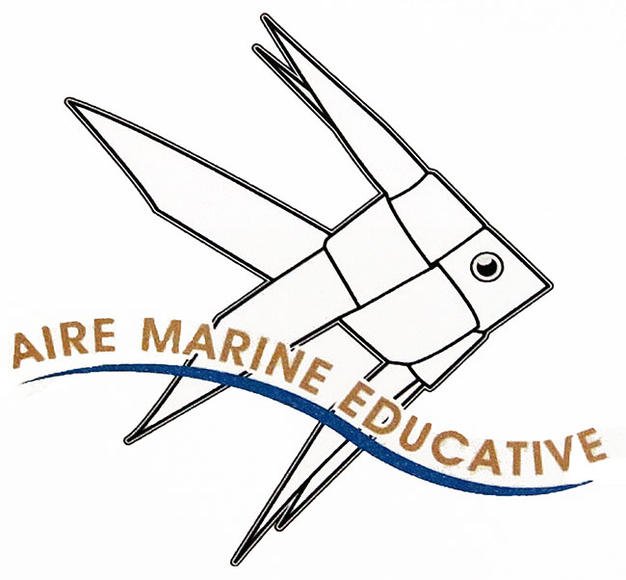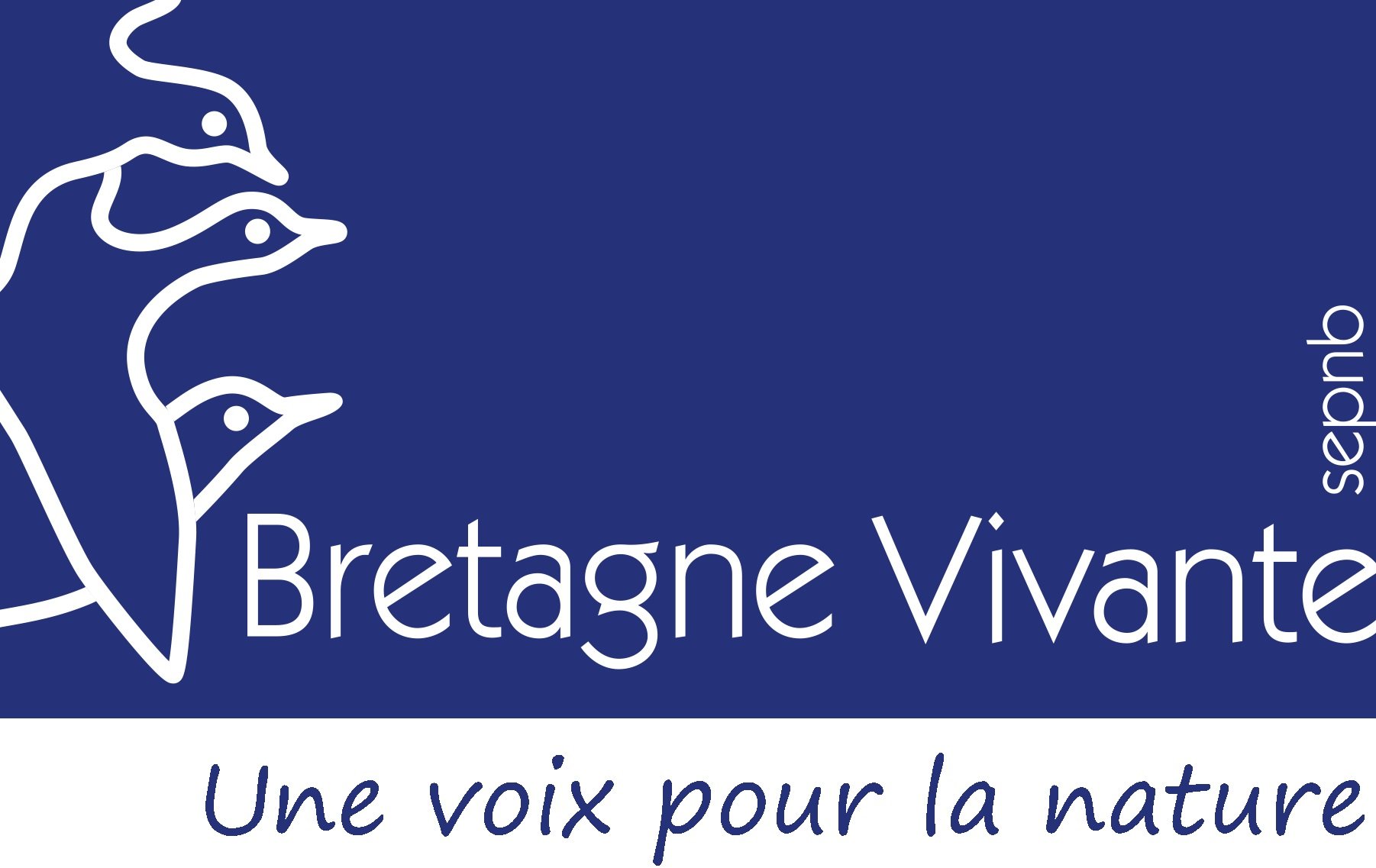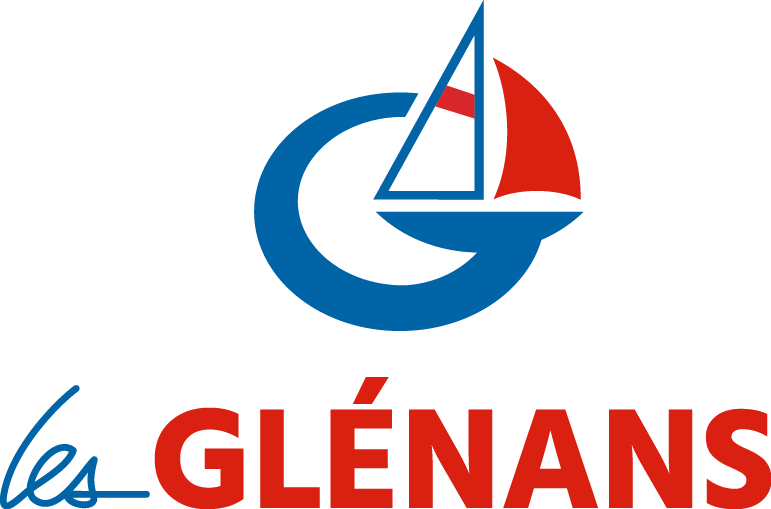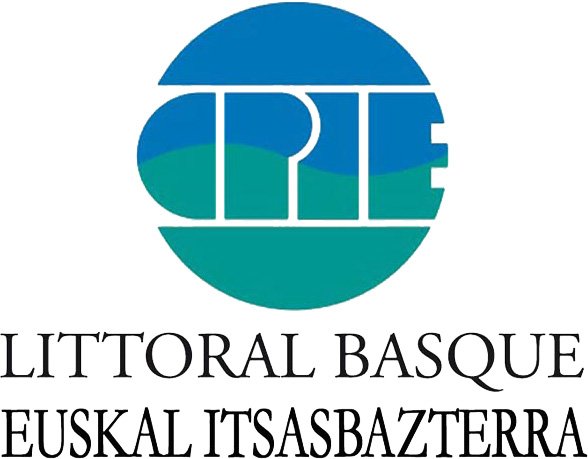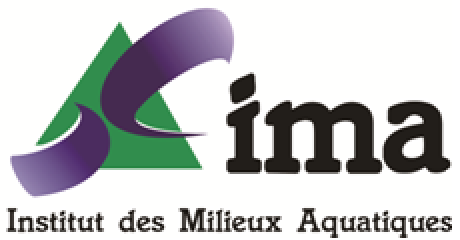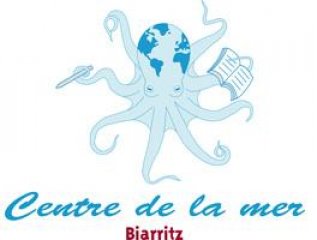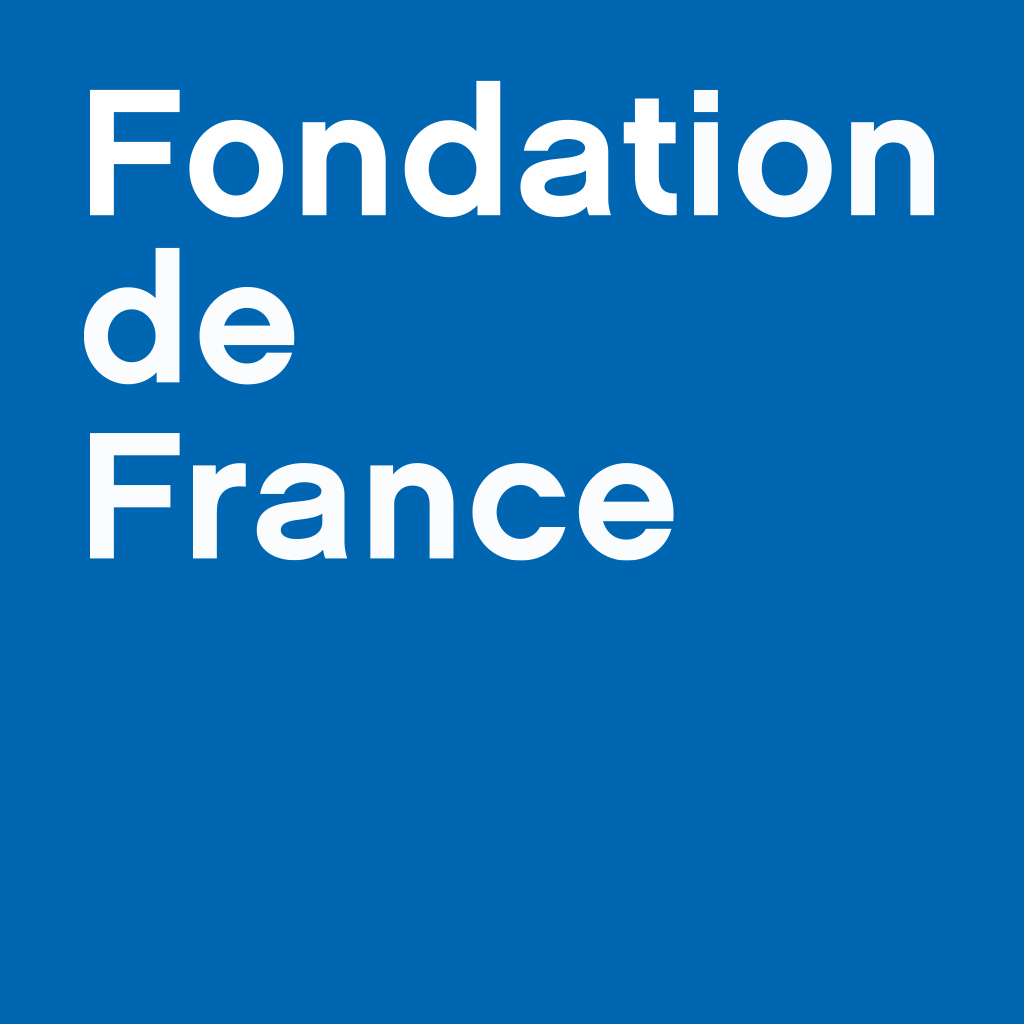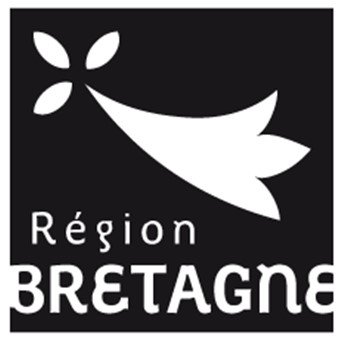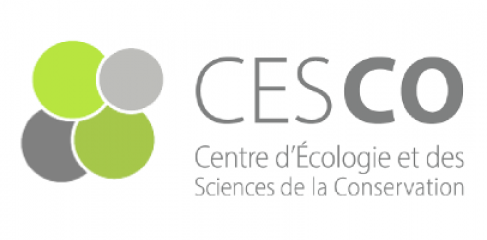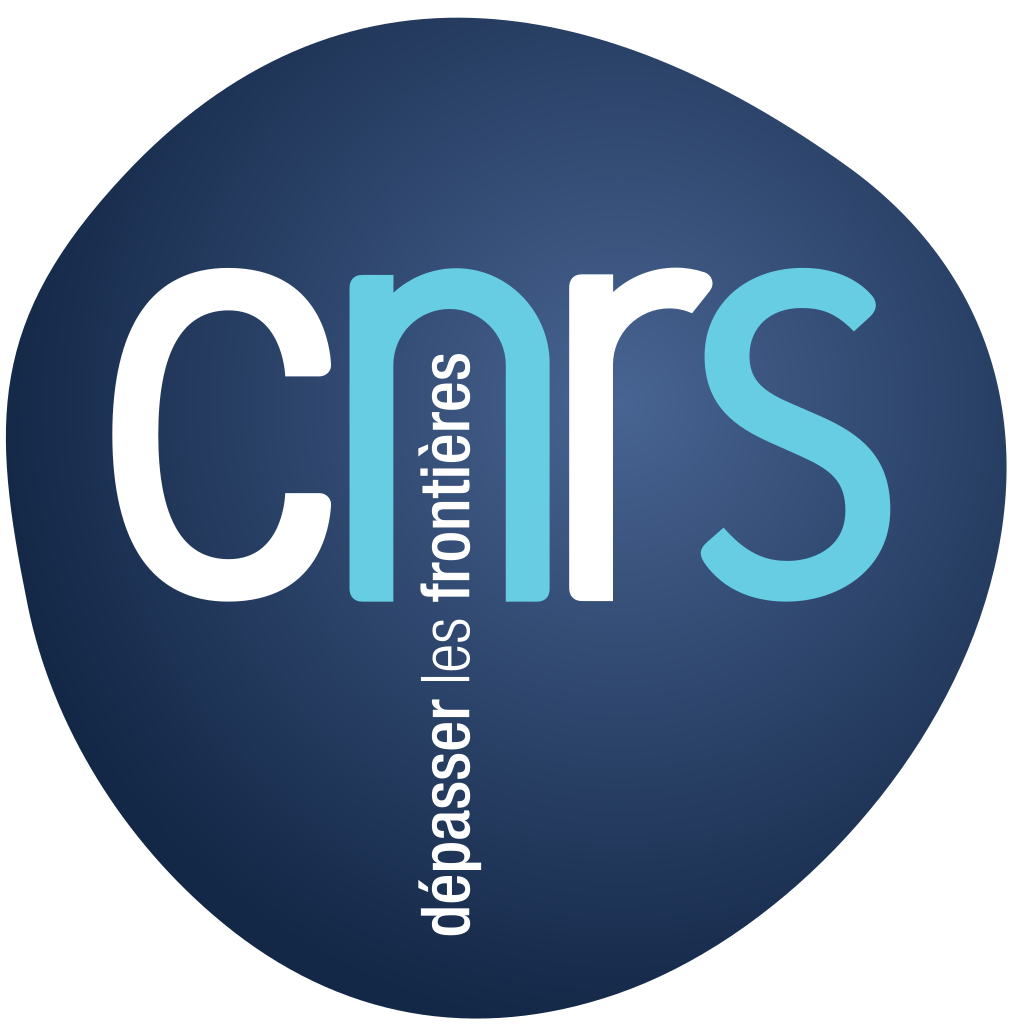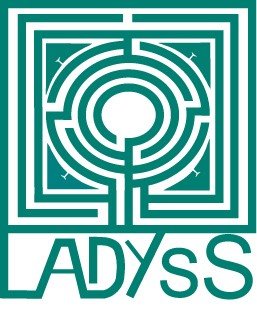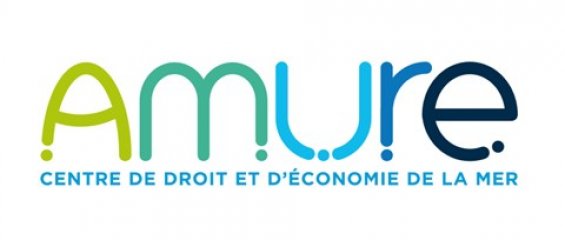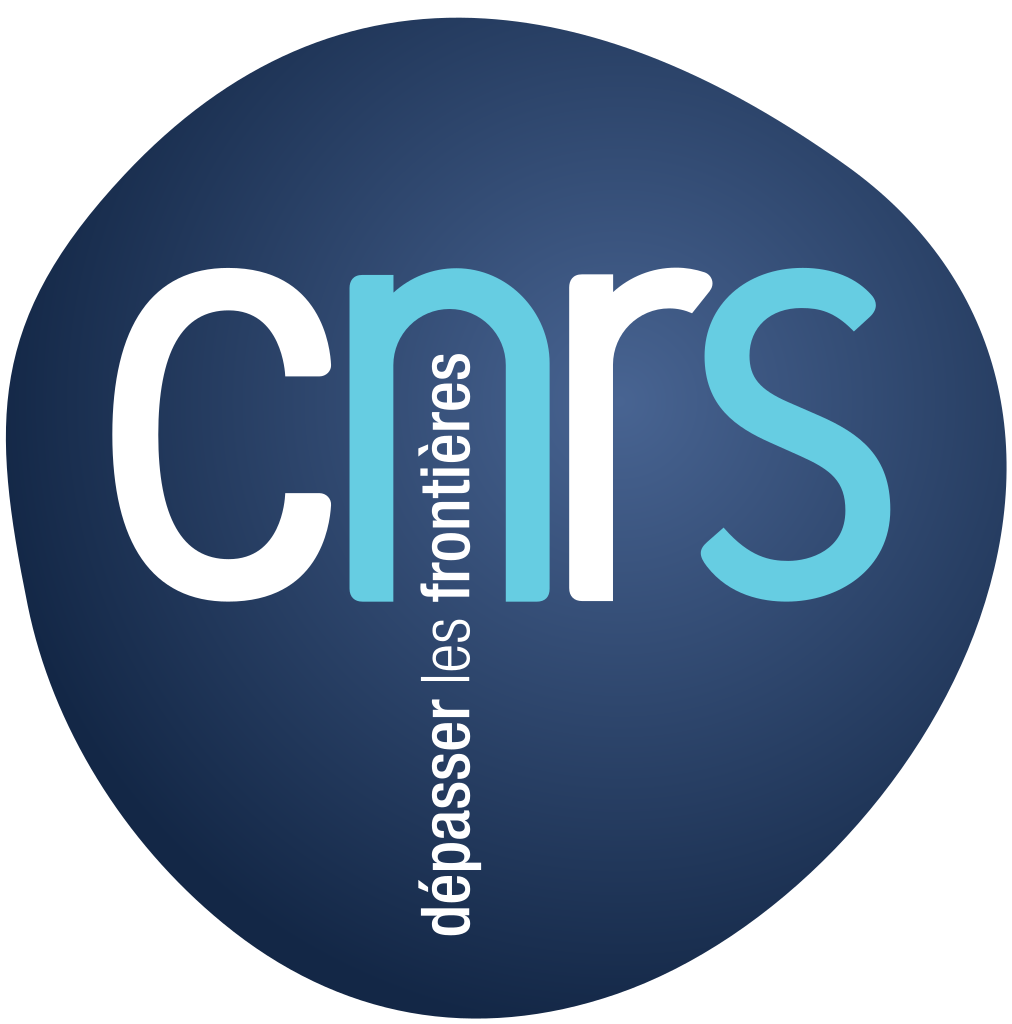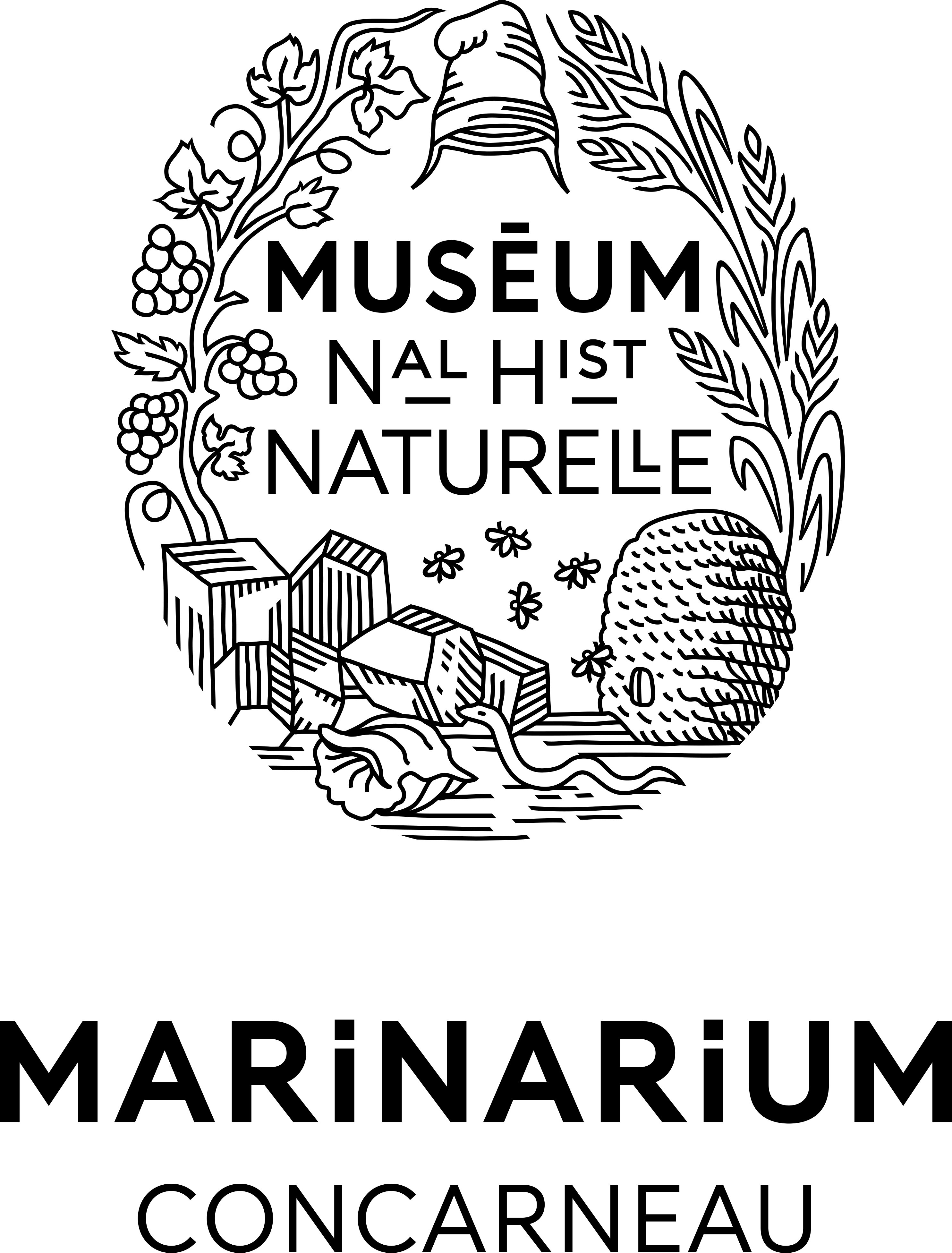Objectives
To monitor and understand the biodiversity dynamics of the shore in response to global and local changes to improve conservation of this ecosystem.
Specific actions
Any member of the community can participate in simple protocols, based on observations of the biological groups in the wrack (seaweed; and eventually, birds, invertebrates and plants).
 Project created
Project created
 Mainland France
Mainland France
French coast of Manche - Mer du Nord and Atlantique.
Type of project : Field
Participation period : All the year.
Level of involvement : Case by case
Project description
This observatory is part of the Vigie Nature network. Plages Vivantes is a conservation biology research program based on a citizens’ observatory of the biodiversity of beach shores based on the wrack. The aim is to monitor biological groups in the beach wrack and their interactions (seaweed, birds, invertebrates, plants) in a context of local and global change (anthropic, climate) to improve understanding and conservation of the backshore ecosystem. Using simple, standardized protocols, the goal is to collect data on a large spatial and temporal scale while raising awareness among participants of the conservation challenges associated with this ecosystem. The program plans to make all data available, as well as easy-to-use analysis tools, so that anyone can understand and analyze the data at a scale of their choosing. As part of this program, environmental humanities and ecological research is being developed (e.g., regarding beach wrack management, coastal heritage development and coastal experiments).
The researcher’s word
At a time when the world is experiencing significant biodiversity losses, it is crucial that we better understand the impacts of global and local changes on diversity dynamics and the effects of conservation actions (including public policies, management, etc.). This is true for coastline areas, and especially for narrow backshore areas, where there are a number of challenges playing out, including socioeconomic (urbanization, tourism development, etc.), functional (foreshore stabilization, etc.) and heritage (conservation of rare and vulnerable species, etc.) issues related to the beach wrack. The accumulation of natural and artificial debris plays a crucial role in the biological backshore dynamics, but at times is viewed negatively for aesthetic or olfactory reasons. This can sometimes lead to “intensive” management that impacts its functions.
It is therefore important to i) enhance knowledge on the overall functioning of this ecosystem, its responses to local and global changes, and especially, to understand how anthropic and climate dynamics overlap to improve management; and ii) promote a long-term vision of management of these areas together (e.g., management of foreshore erosion risks and seaweed management).
This is how the large-scale (English Channel and Atlantic Ocean, Mediterranean Sea) citizen science program Plages Vivantes project came about. It is based on complementary and standardized monitoring of different interacting biological groups (algae, birds, invertebrates, plants, etc.) by various groups, including schoolchildren. Multiple partners (researchers, managers, environmental educators, etc.) are involved in the project development, from the protocol phase to data analysis and interpretation (tools).
Through this citizens’ observatory, we hope to i) collect large-scale sets of standardized data that we would not have been able to gather alone that will help improve our understanding of how this ecosystem functions, ii) produce management recommendations based on these data, and iii) encourage participants and other stakeholders to take ownership of the conservation challenges related to this part of the coastline.
Participant testimonials
“We began participating in the Plages Vivantes program this year with the help of the Bretagne Vivante association. The program is available to students from age nine. The identification key helps the students to properly identify the seaweed and the protocol is quite simple to implement. This program taught my students to be precise and rigorous in their observations, and to take the time to observe and make their case when identifying the seaweed. For those who saw seaweed as a nuisance at the beach, they see it differently today. They are also very proud to have worked with scientists and to know that their work is being used.”
Béatrice Ponthieu, fourth/fifth grade teacher at the École René Daniel in Trégunc
How the project started
Plages Vivantes is a multi-partner program run by the Muséum national d’Histoire naturelle, which is part of the Centre d’Écologie et des Sciences de la Conservation, in conjunction with the Vigie-Nature and Vigie-Nature École programs, and supported by the Fondation de France and the Région Bretagne. The project was started by two conservation biology researchers who were interested in biodiversity trends in response to global and local environmental changes, based at the Concarneau Marine Biology Station (Isabelle Le Viol and Christian Kerbiriou). The program was set up in conjunction with several partners (e.g., Bretagne Vivante, Planète Mer and its BioLit Junior program, Aires Marines Éducatives).
We knew how important it was to learn how backshore ecosystems function and to get the public to take ownership of these areas, so we decided to focus on the composition of beach wrack. One of the first activities was to create a protocol for schoolchildren to monitor changes in the structure and composition of seaweed in beach wrack (ALAMER protocol) on a large spatial and time scale. The protocol was first tested and adapted locally with support from the
Bretagne Vivante and Les Glénans associations as well as the state-school network, with help from a class at the École élémentaire Centre-ville in Concarneau and educational advisers from the Académie de Rennes. In 2019, the protocol was deployed on a larger scale across the Channel and Atlantic coast areas. Because the program requires local adaptations, especially for certain tools such as the seaweed identification key, we partnered with additional organizations such as the CPIE Littoral Basque and Centre de la mer de Biarritz associations and the Institut des Milieux Aquatiques. Today, the next step is to begin monitoring and developing complementary protocols for other biological groups in beach wrack (another protocol, OLAMER, on shorebirds is now being tested). We hope to continue working with our current partners and are open to teaming up with new partners on other aspects of the project, from co-developing, adapting and/or deploying protocols to developing new collaborative research projects.
The participation
 Training required
Training required
Nothing.
 Required equipment
Required equipment
Cela dépend des protocoles.
Co-managers
Christian KERBIRIOU
Maître de conférences au Muséum national d’Histoire naturelle – Sorbonne Université - Responsable .scientifique Vigie-Chiro & Plages vivantes
Sorbonne University
Centre d’Écologie et des Sciences de la Conservation (CESCO)

Christian KERBIRIOU
Isabelle LE VIOL
Maître de conférences au Muséum national d’Histoire naturelle - Responsable scientifique Plages Vivantes
Muséum national d’Histoire naturelle (MNHN)
Centre d’Écologie et des Sciences de la Conservation (CESCO)

Isabelle LE VIOL
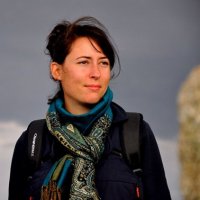
Pauline Poisson
Chargée de mission sur le programme Plages Vivantes - Co-Responsable
Muséum national d’Histoire naturelle (MNHN)
Centre d’Écologie et des Sciences de la Conservation (CESCO)


